
B2B Email Marketing Benchmarks: Key Data & Strategies For 2025
B2B email marketing campaigns have remained vital in many industries. Whether you work with real estate, finance, or SaaS, meeting

B2B Email Marketing Benchmarks: Key Data & Strategies For 2025
B2B email marketing campaigns have remained vital in many industries. Whether you work with real estate, finance, or SaaS, meeting
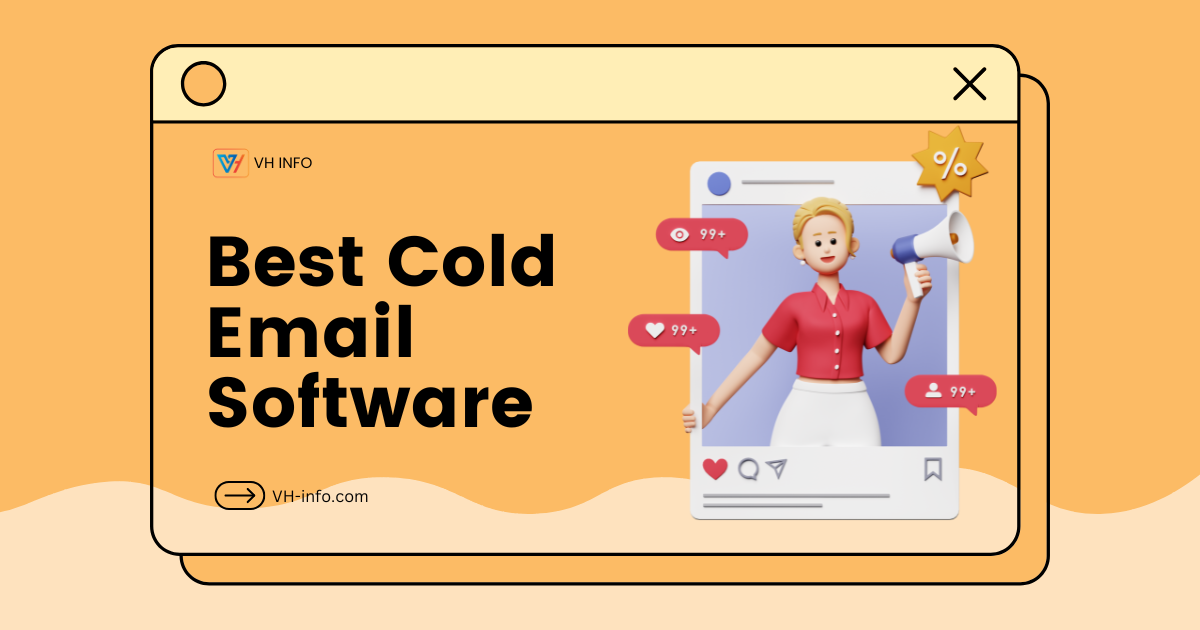
Best Cold Email Software for High-Converting Campaigns
Cold outreach isn’t just about hitting send – it’s about getting noticed, landing in the inbox (not spam), and actually
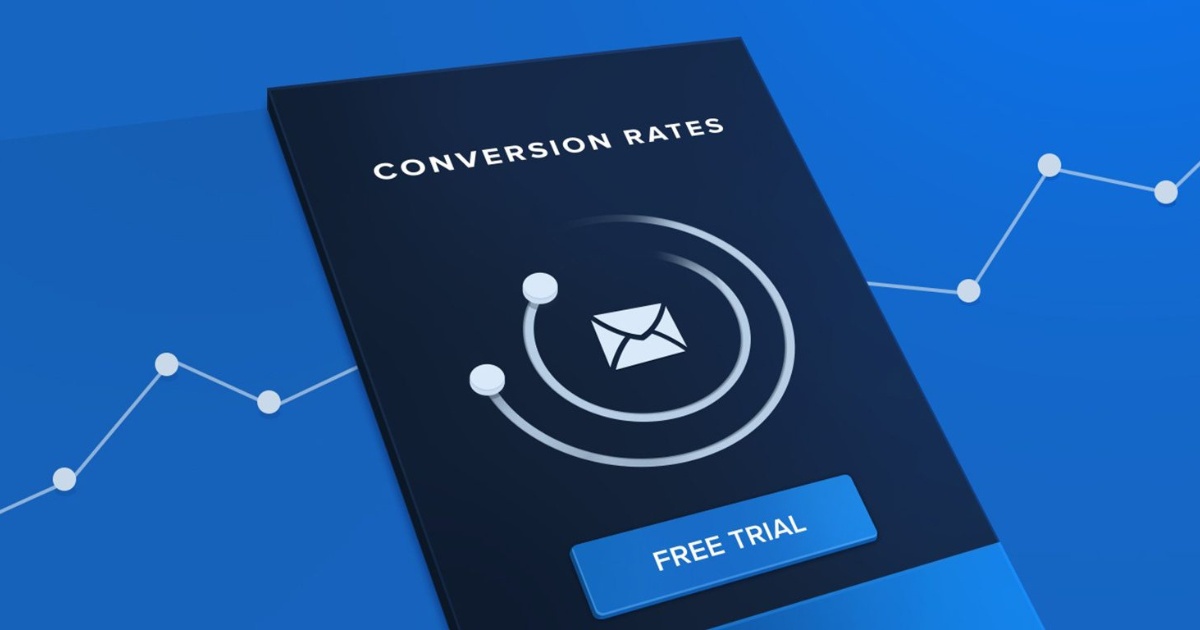
SaaS Free Trial Conversion Rate: How To Calculate & Benchmarks
In the competitive landscape of the SaaS industry, a well-optimized free trial is a cornerstone of successful customer acquisition. Converting
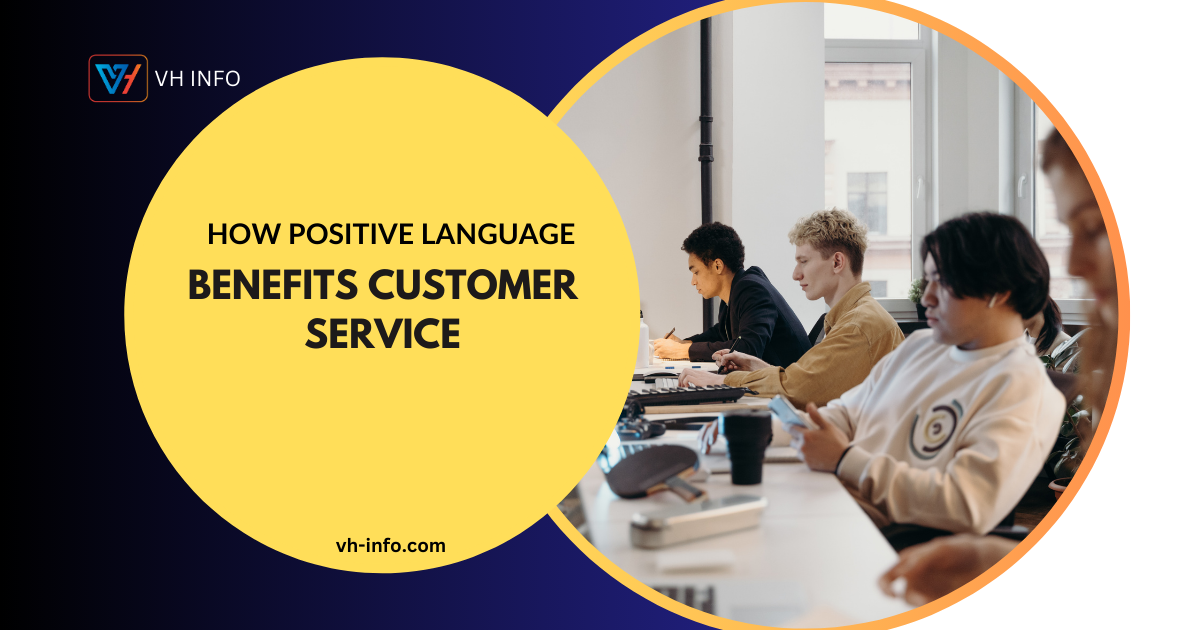
How Positive Language Benefits Customer Service
Talking to customers isn’t just about solving problems—it’s about how you make them feel along the way. Good communication can
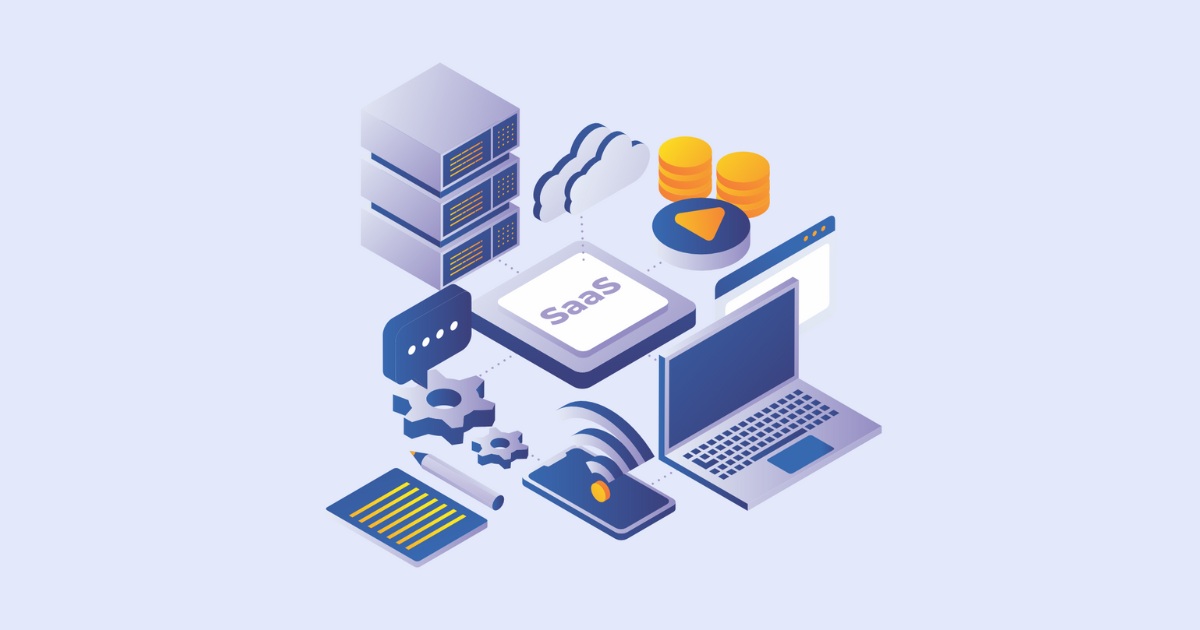
SaaS Free Trial: Strategies, Metrics & 15 Best Practices For 2025
Are you looking to grow your SaaS product? VH-info knows a SaaS free trial can be a game-changer for customer

SaaS CAC: How To Calculate And 2025 Benchmarks By Industry
For SaaS companies, understanding customer acquisition cost (CAC) is vital. Customer acquisition is the process of gaining new customers for
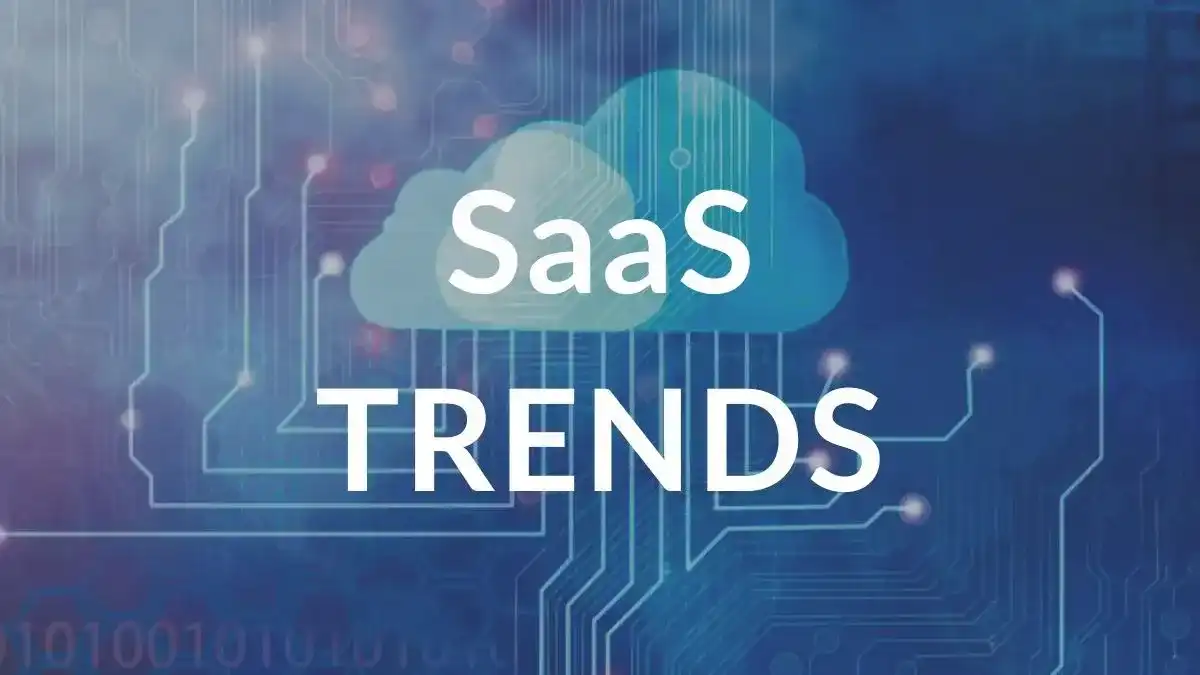
Top SaaS Trends To Watch in 2025: Insights For SaaS Industry
The SaaS industry continues to evolve at a breakneck pace, reshaping how businesses operate and deliver value. As we step
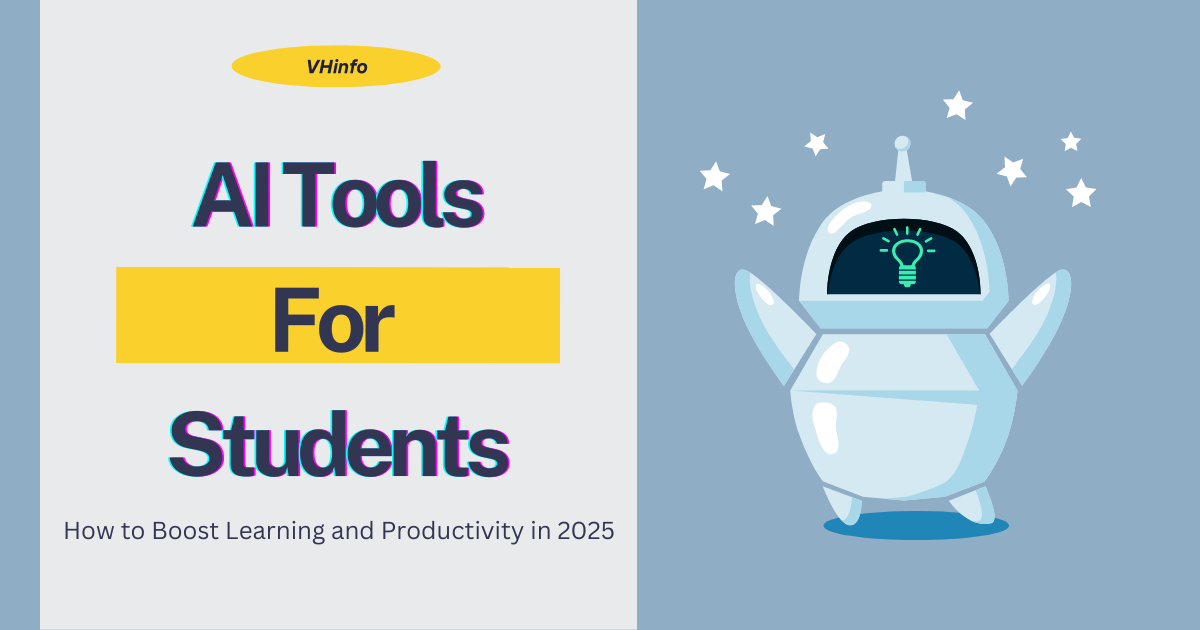
AI Tools for Students: How to Boost Learning and Productivity in 2025
Artificial Intelligence (AI) has significantly transformed education, offering students new ways to learn, engage, and improve their academic performance. From
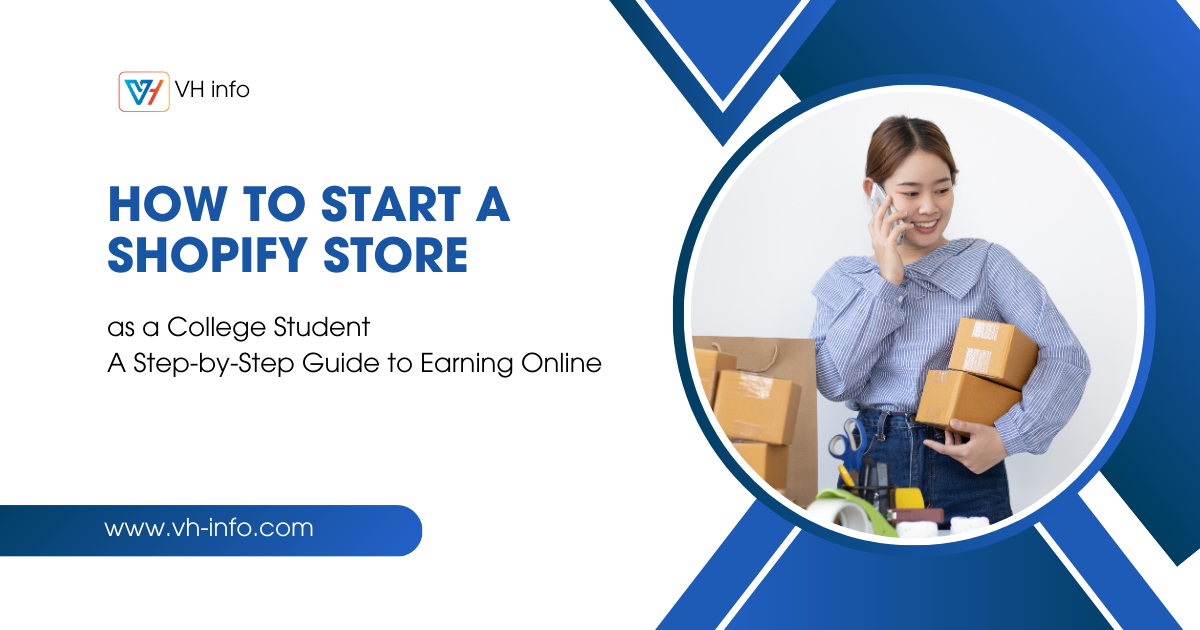
How to Start a Shopify Store as a College Student: A Step-by-Step Guide to Earning Online
Many students dream of launching an online business while balancing their studies. With the right approach, starting a Shopify store

SaaS Skills: What Companies & Employers Look For In Applicants?
At VH Info, we take pride in helping SaaS companies refine the skill set needed to thrive. A competitive edge
WHAT WE
3rd floor, VHinfo, QRXG+CG9 Capital Market, Canal Rd, chokdi, Ravapar, Morbi, Gujarat 363641
VH-info © 2025 | All Rights Reserved